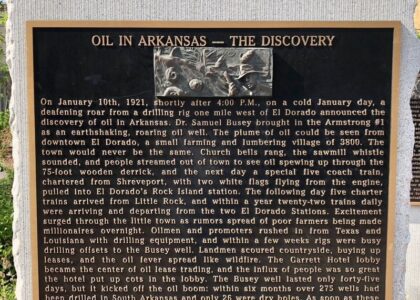Welcome to Tysons, a bustling hub of economic activity that has undergone a remarkable transformation over the years. Once a rural crossroads, Tysons has evolved into a thriving urban center, often referred to as the ‘downtown of Fairfax County.’ As you explore the area, let’s take a journey through its economic history, focusing on how this unassuming locale became a major player in the region’s development.
The story of Tysons begins in the mid-19th century when it was known as Peach Grove. Named after a local peach orchard, it was a small agricultural community with little to suggest the vibrant economic powerhouse it would become. The turning point came in 1851 with the construction of a post office, which officially put Tysons on the map.
The real transformation began in the 1960s when visionary developers saw potential in the area’s strategic location near Washington, D.C. In 1963, the completion of the Capital Beltway (I-495) dramatically increased accessibility, making Tysons an attractive location for businesses. This was further bolstered by the 1968 opening of Tysons Corner Center, one of the largest shopping malls in the country at the time. This mall became a symbol of the area’s rapid commercial growth and drew visitors from across the region.
Throughout the 1980s and 1990s, Tysons continued to expand as a business district, attracting major corporations and increasing its office space dramatically. The arrival of the Washington Metro’s Silver Line in 2014 marked another pivotal moment, enhancing connectivity and spurring further development.
Today, Tysons is home to a diverse array of businesses, from global corporations to innovative startups. It is a key economic engine for Northern Virginia, contributing significantly to the region’s GDP. The area is also undergoing a transformation into a more urban and pedestrian-friendly environment, with ongoing projects aimed at creating a sustainable and vibrant community.
As you explore Tysons, consider the vision and determination that transformed this once-rural area into a modern-day economic powerhouse. Its story is a testament to the power of foresight and innovation, shaping not only the local landscape but also contributing to the broader economic fabric of the region.



